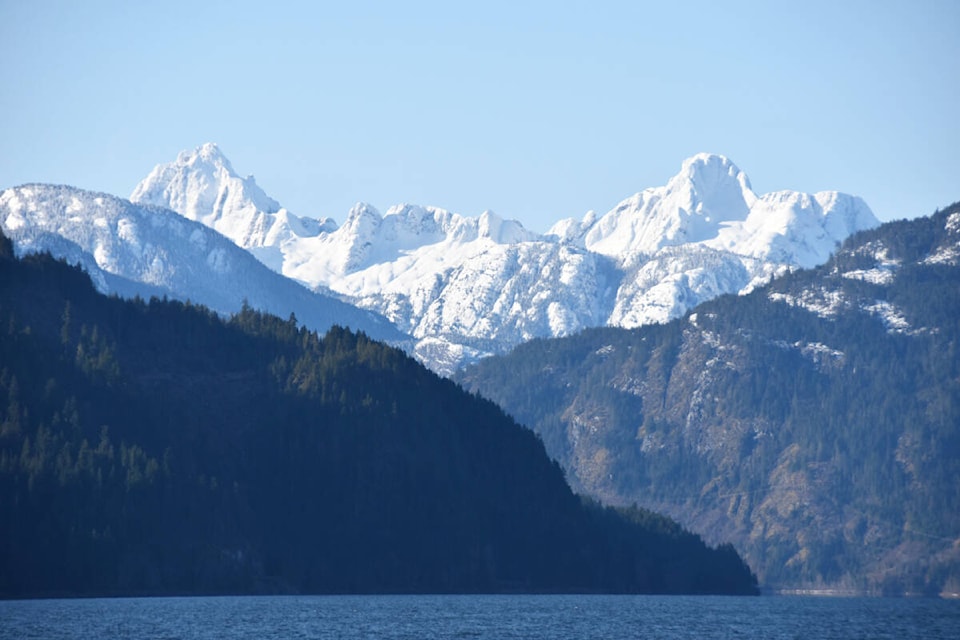BC Hydro has issued a public safety notice about some upcoming fish migration flows down Elk Falls Canyon, and the utility’s 2023 water supply forecast for the Campbell River system for the February to September period.
Fish migration flows
BC Hydro is issuing a public safety notice of higher water flows starting next week within Elk Falls Canyon to assist steelhead in migrating and spawning below Elk Falls.
The company will be providing five, two-day in duration, steelhead migration and spawning flows down Elk Falls Canyon to enable fish to access good habitat from the powerhouse tunnel outlet area up to the base of Elk Falls. The water releases from the John Hart Dam, which will increase from 4 m3/s to 10 m3/s, will begin Feb. 22 and 23 and take place each Wednesday and Thursday to March 23. A public river safety advisory will be in place from below the John Hart Dam to the outlet of Elk Falls Canyon.
Out of consideration for public safety, BC Hydro begins to increase the water discharges for each of the migration flows from the dam each Tuesday night. The public is urged to stay away from Elk Falls Canyon, especially immediately upstream of Elk Falls, during the migration flows.
Safety signage will be in place.
Water supply forecast and operations
BC Hydro’s water supply forecast runs from February to September. The forecast at this stage is quite preliminary as there’s a number of months to go with the most accurate forecast month being May as we head into the summer period.
“These long-term forecasts, updated monthly, help guide our water management decisions for various water use interests such as fish habitat, recreation and power generation,” said BC Hydro spokesperson Stephen Watson. “The water supply forecast for the February to September period is currently showing inflows to be about 90 per cent of normal. It’s still early and much can change over the next few months should we get drier weather or should it turn wet.
“Of interest, since the month of August, we have had six monthly precipitation totals in a row for the upper watershed that have not exceeded 100 per cent of normal. February’s precipitation to date is 149 per cent of normal.”
The reservoir water levels in the Campbell River watershed are generally where they should be for this time of year.
The largest of the three reservoirs, Upper Campbell Reservoir/Buttle Lake, is currently at about 217 metres and within the preferred zone. The reservoir is considered full at 220.5 metres. With the current near-term drier weather forecast the reservoir level will slowly drop. This Lower Campbell Reservoir/McIvor Lake is also within its preferred zone at 177.3 metres. The John Hart Reservoir, given how small it is, is generally held at the full level at all times.
The John Hart generating station has been running at about two-thirds of capacity and discharging about 80 cubic metres per second (m3/s) down the Campbell River. BC Hydro plans to continue that water release for the near-term. The 80 m3/s flow rate keeps fish habitat within the river covered with water, and will be good for the salmon fry as they begin their out-migration to the ocean.
READ MORE:
